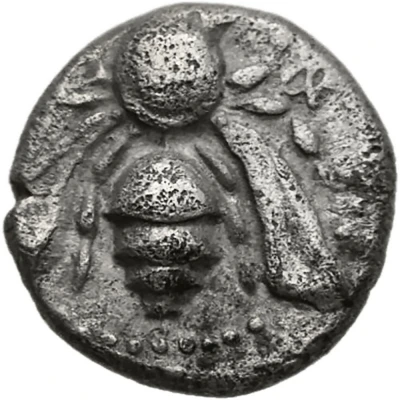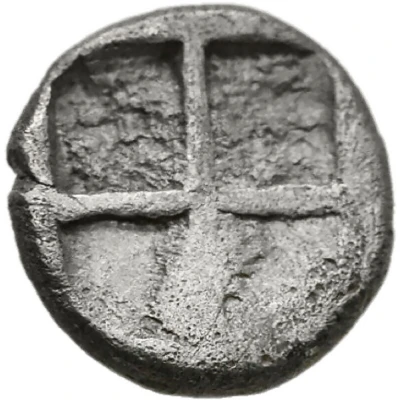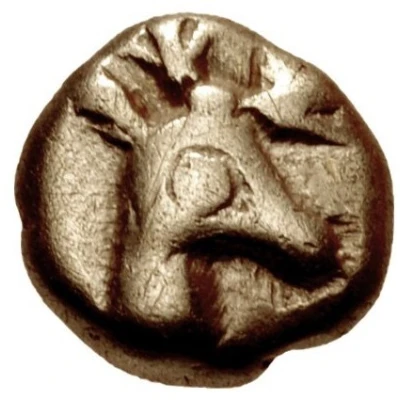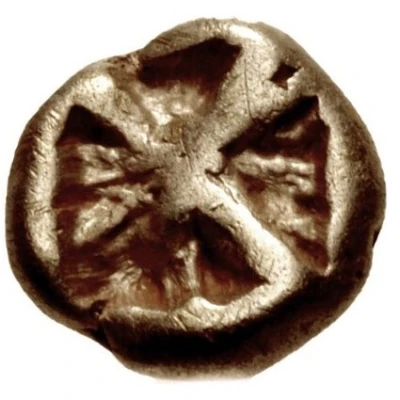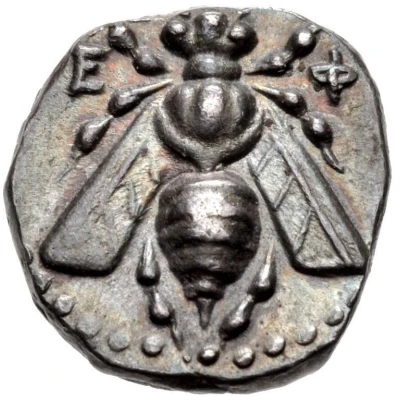
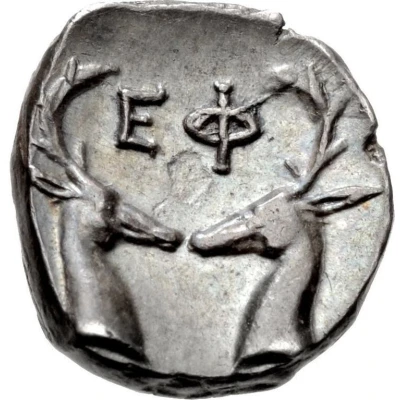

© Classical Numismatic Group, Inc.
Diobol 390 BC - 325 BC
| Silver | 1.02 g | 9.5 mm |
| Issuer | Ephesos (Ionia) |
|---|---|
| Type | Standard circulation coin |
| Years | 390 BC - 325 BC |
| Value | 2 Obols (⅓) |
| Currency | Drachm |
| Composition | Silver |
| Weight | 1.02 g |
| Diameter | 9.5 mm |
| Shape | Round (irregular) |
| Technique | Hammered, Incuse |
| Orientation | Medal alignment ↑↑ |
| Demonetized | Yes |
| Updated | 2024-10-10 |
| Numista | N#433519 |
|---|---|
| Rarity index | 100% |
Reverse
Two stag heads confronted; E-Φ above.
Script: Greek
Lettering: E Φ
Unabridged legend: Ἔφεσος
Interesting fact
The Diobol coin from Ephesos (Ionia) was used as a form of currency in ancient Greece and has a unique history. One interesting fact about this coin is that it was made of silver, which was a valuable and widely accepted metal at the time. The use of silver in coins helped to standardize trade and commerce across different regions, making it easier to conduct transactions and exchange goods. Additionally, the fact that the Diobol coin was used in ancient Greece during the 4th century BC suggests that it played a significant role in the economy of that time period.
